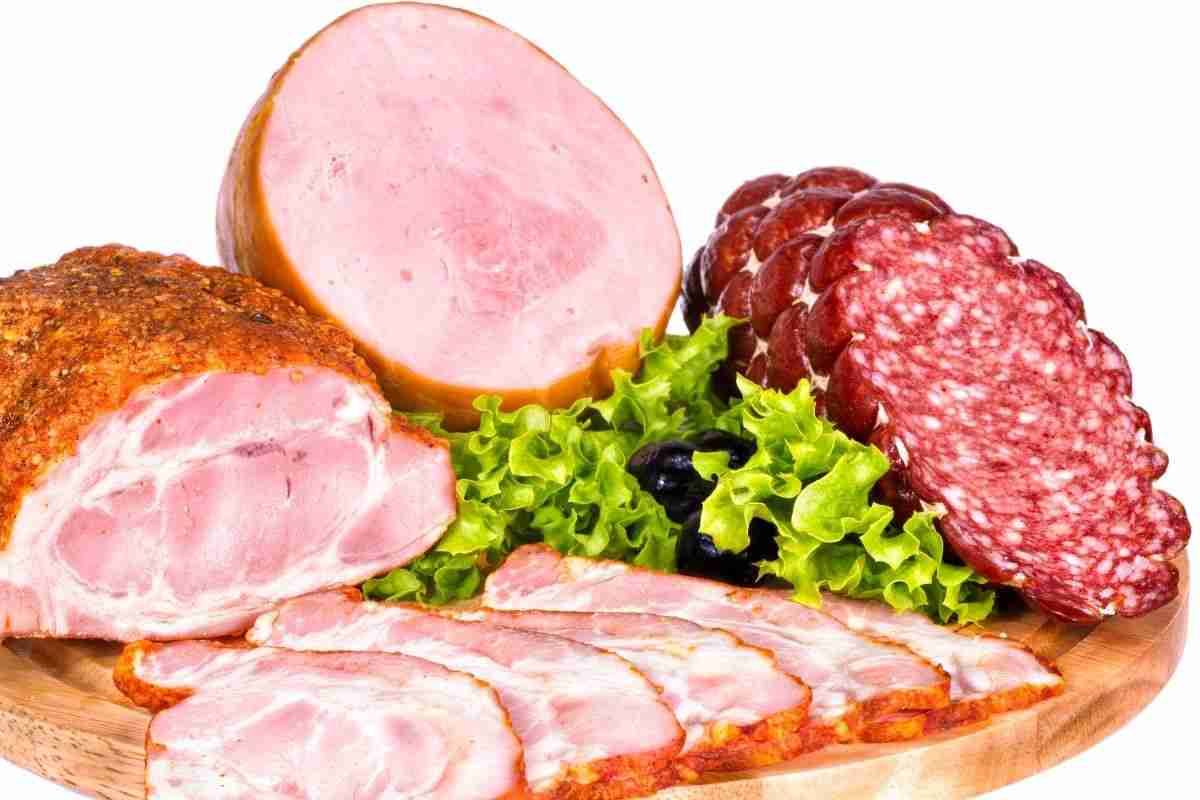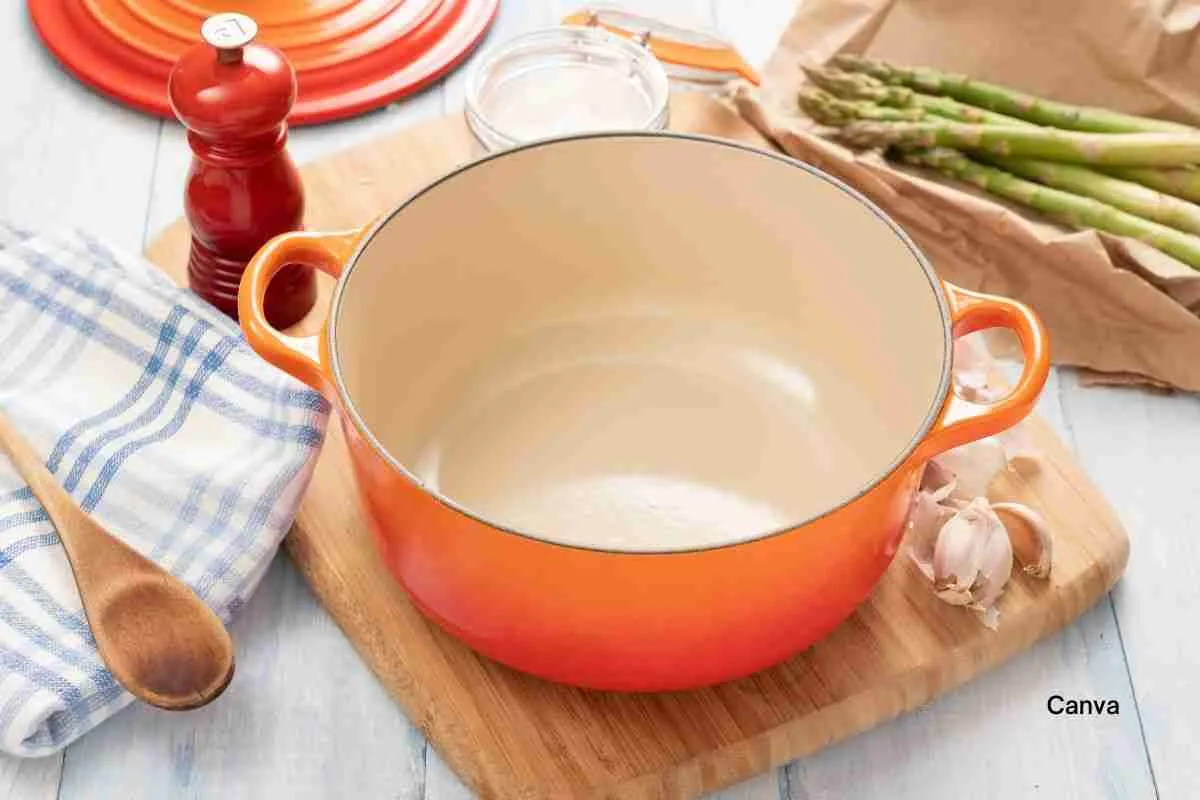21 Types of Squash You Should Know
Are you ready to dive into the world of squash? This delicious and nutritious vegetable comes in a wide variety of shapes, sizes, and flavors, making it a versatile addition to any meal. Whether you’re a seasoned cook or just starting out, there’s a squash variety out there for you to discover.
In this blog post, we’ll explore the different types of squash, learn how to choose and store them and discover creative ways to cook and enjoy them. So, let’s get started on your squash adventure!
What is Squash?
Squash is a versatile and nutritious vegetable belonging to the Cucurbitaceae family, including melons, cucumbers, and gourds. It is a vine-grown plant that produces fruit in a variety of shapes, sizes, and colors. Thanks to its delicious flavor, versatility, and nutritional value, squash is a popular ingredient in many cuisines around the world.
The Squash Family Tree – Types of Squash
Squash is further categorized into two main groups: summer squash and winter squash.
- Summer Squash: These varieties are typically harvested in the summer months when their flesh is tender and their skin is thin. They are often used in fresh preparations like salads, stir-fries, and grilling.
- Winter Squash: These varieties are harvested in the fall and winter after they have fully matured. Their thick, hard skin allows them to be stored for extended periods. Winter squash is often used in roasted dishes, soups, and purees.
Let’s delve into the fascinating world of squash and discover the 20 different types that await your culinary exploration.
Winter vs. Summer Squash: Key Differences:
While both winter and summer squash belong to the same family (Cucurbitaceae), they have distinct characteristics that set them apart.
Summer Squash:
- Harvest: Typically harvested in the summer months.
- Skin: Usually thin and edible.
- Seeds: Small and tender.
- Flavor: Mild and delicate.
- Examples: Zucchini, yellow squash, pattypan squash, acorn squash (when harvested early).
Winter Squash:
- Harvest: Typically harvested in the fall and winter.
- Skin: Thick and often inedible.
- Seeds: Large and tough.
- Flavor: Sweet, nutty, or earthy.
- Examples: Butternut squash, spaghetti squash, pumpkin, Hubbard squash, acorn squash (when harvested later).
The primary difference lies in their maturity and storage. Summer squash are harvested when young and tender, while winter squash are allowed to mature fully before harvesting. This enables winter squash to be stored for longer periods, hence the name.
Choosing the Perfect Squash
When selecting squash, look for the following characteristics:
- Color: The squash should have a vibrant, even color without any blemishes or bruises.
- Weight: A heavy squash for its size generally indicates good quality.
- Stem: The stem should be firm and attached securely to the squash.
- Texture: The skin should be firm and free of soft spots.
- Shape: Choose a squash with a symmetrical shape for optimal flavor and texture.
For winter squash, you can also consider the following:
- Rind: The rind should be hard and thick, indicating good storage quality.
- Seeds: The seeds should be dry and loose, suggesting the squash is fully mature.
Storing Squash
Summer Squash:
- Refrigerate: Store summer squash in the refrigerator, ideally in a plastic bag or wrapped in paper towels, for up to 5 days.
Winter Squash:
- Room Temperature: Winter squash can be stored at room temperature for several months. Choose a cool, dry place away from direct sunlight.
- Refrigeration: For shorter storage periods, winter squash can also be refrigerated. However, this can affect its texture and flavor.
Once cut:
- Refrigerate: Store cut squash in an airtight container or wrapped in plastic wrap for up to 3-4 days.

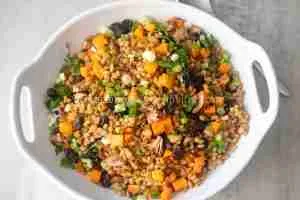

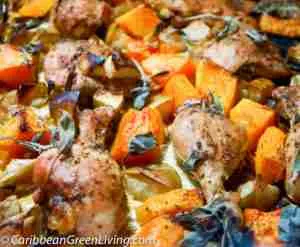

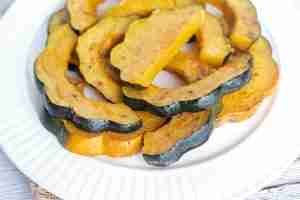
Cooking with Squash
Squash is incredibly versatile and can be prepared in various ways. Here are some common cooking methods:
Roasting
- Preheat oven to 400°F (200°C).
- Cut squash into pieces.
- Toss with olive oil, salt, and pepper.
- Roast for 20-30 minutes or until tender.
Steaming
- Fill a steamer basket with water.
- Place squash pieces in the basket.
- Steam for 10-15 minutes or until tender.
Grilling
- Preheat the grill to medium-high heat.
- Cut squash into slices.
- Brush with olive oil and season with salt and pepper.
- Grill for 5-7 minutes per side or until tender.
Sautéing
- Heat olive oil in a skillet over medium heat.
- Add diced squash and cook for 5-7 minutes or until tender-crisp.
Pureeing
- Cook squash until tender.
- Transfer to a blender or food processor and puree until smooth.
- Add broth or milk to achieve the desired consistency.
Baking
- Cut squash in half and remove seeds.
- Fill with a mixture of cheese, herbs, and breadcrumbs.
- Bake at 375°F (190°C) for 30-40 minutes or until tender.
Remember to adjust cooking times based on the size and type of squash. Experiment with different seasonings and ingredients to find your favorite ways to enjoy this delicious vegetable.
Summer Squash
- Zucchini: The most common summer squash, zucchini has a mild flavor and tender texture. It’s often used in stir-fries, soups, and grilled dishes.
- Yellow Squash: Similar to zucchini but with a vibrant yellow color, yellow squash has a slightly sweeter taste.
- Pattypan Squash: Shaped like a saucer, pattypan squash has a delicate flavor and can be stuffed or grilled.
- Acorn Squash: While technically a winter squash, acorn squash is often harvested early for its tender flesh. It has a mild flavor and can be roasted or stuffed.
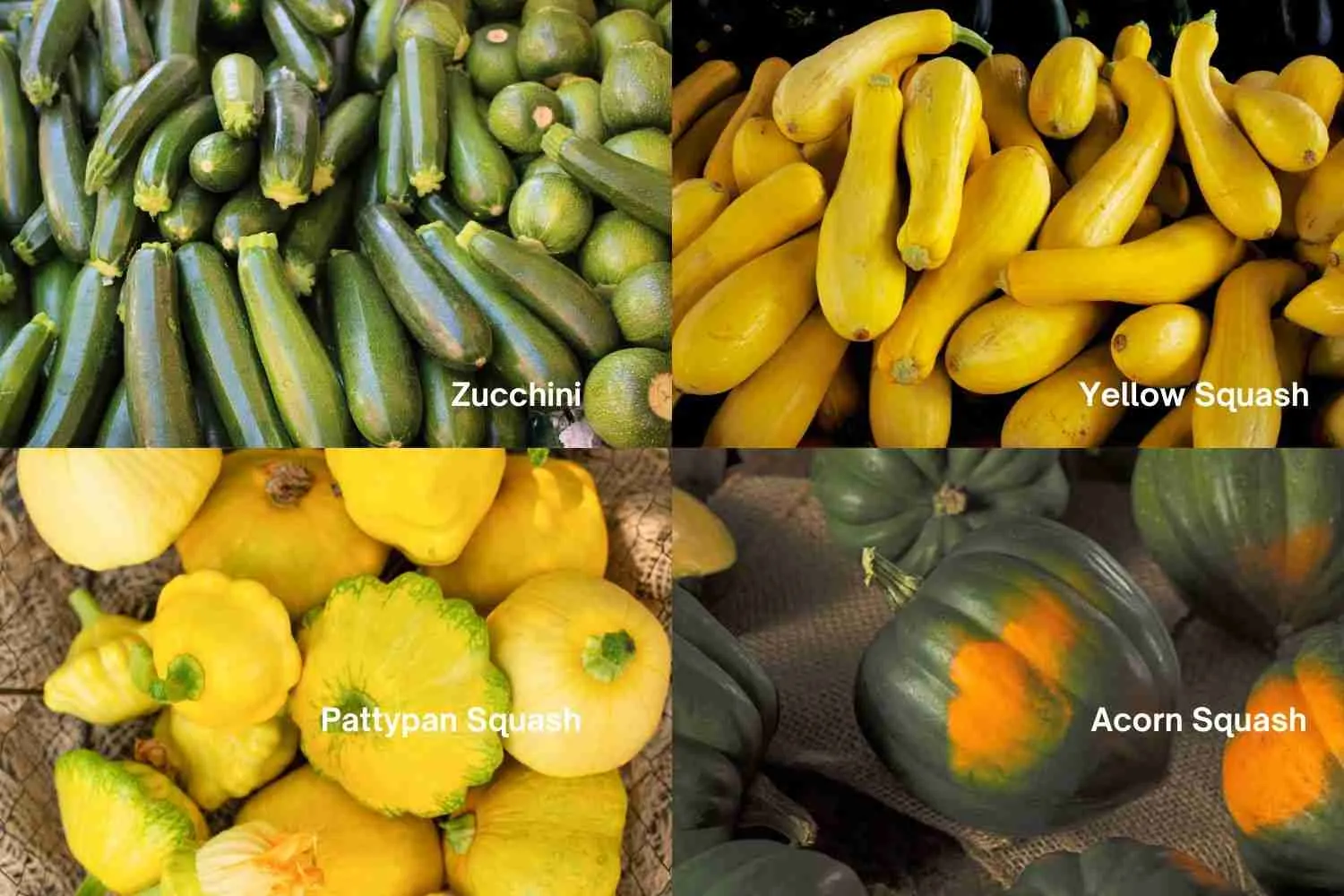
Winter Squash
- Butternut Squash: One of the most popular winter squashes, butternut squash has a sweet, nutty flavor and a smooth texture. It’s often used in soups, purees, and roasted dishes.
- Spaghetti Squash: This unique squash has long, spaghetti-like strands when cooked. It’s a low-carb alternative to pasta and can be used in various pasta dishes.
- Pumpkin: Yes, pumpkins are also squash! They have a sweet, slightly earthy flavor and are often used in pies, soups, and lattes.
- Hubbard Squash: With its thick, ribbed skin, Hubbard squash has a rich, sweet flavor. It’s often used in soups and stews.
- Acorn Squash: As mentioned earlier, acorn squash can be harvested later in the season for its more mature, flavorful flesh.
- Kabocha Squash: This Japanese squash has a sweet, nutty flavor and a firm texture. It’s often used in soups, stews, and tempura.
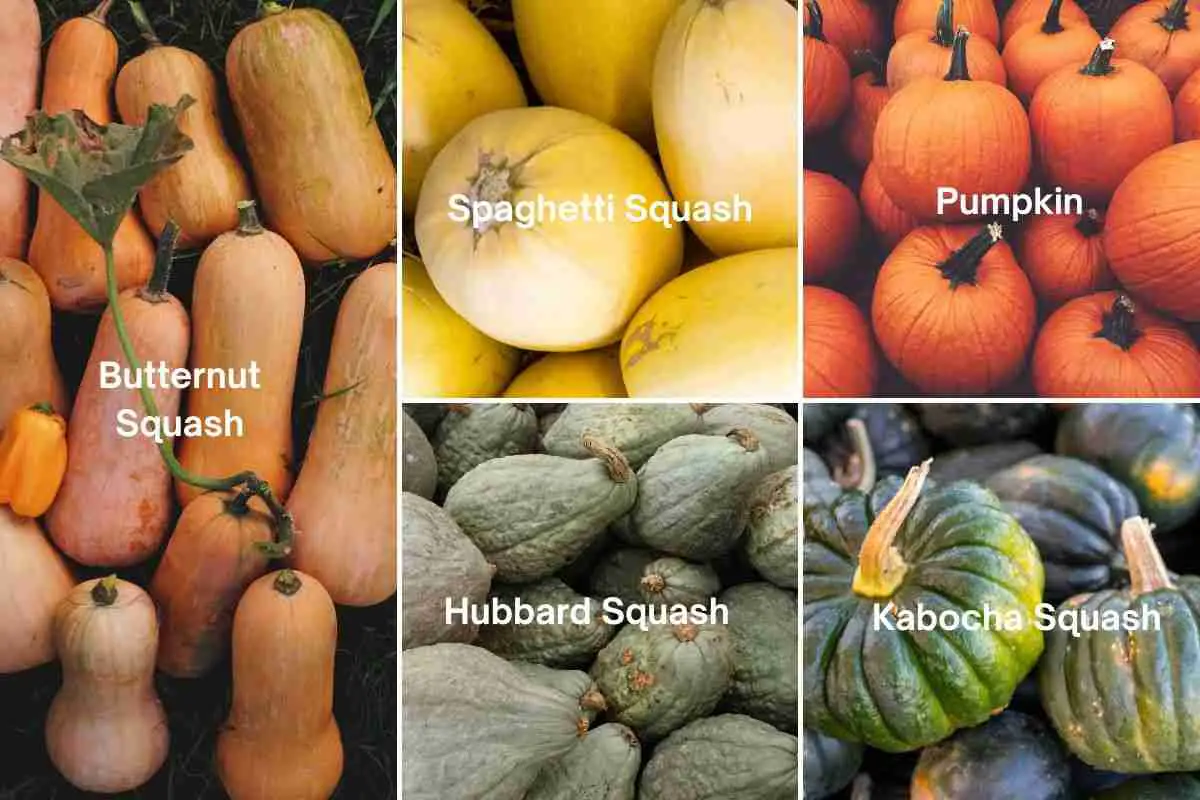
Other Types
- Delicata Squash: This small, oblong squash has a thin, edible skin and a sweet, nutty flavor. It’s often roasted or stuffed.
- Golden Nugget Squash: This small, round squash has a sweet, nutty flavor and a firm texture. It’s often used in soups and stews.
- Banana Squash: Shaped like a banana, this squash has a mild, sweet flavor and a tender texture. It’s often used in soups and stews.
- Butternut Squash: This squash has a similar shape to butternut squash but a sweeter, more intense flavor.
- Sweet Dumpling Squash: These small, round squashes have a sweet, nutty flavor and a tender texture. They’re often used in soups and stews.
- Green Hubbard Squash: Similar to Hubbard squash but with a green skin, green Hubbard squash has a rich, sweet flavor. It’s often used in soups and stews.
- Golden Delicious Squash: This squash has a golden skin and a sweet, nutty flavor. It’s often used in soups and stews.
- Red Kuri Squash: This Japanese squash has a red skin and a sweet, nutty flavor. It’s often used in soups and stews.
- Winter Crookneck Squash: This squash has a long, curved neck and a sweet, nutty flavor. It’s often used in soups and stews.
- Valparaisella Squash: This Italian squash has a long, thin shape and a sweet, nutty flavor. It’s often used in soups and stews.
- Chayote: Also known as “vegetable pear,” chayote has a mild, slightly sweet flavor and a tender texture. It’s often used in soups, stews, and stir-fries.
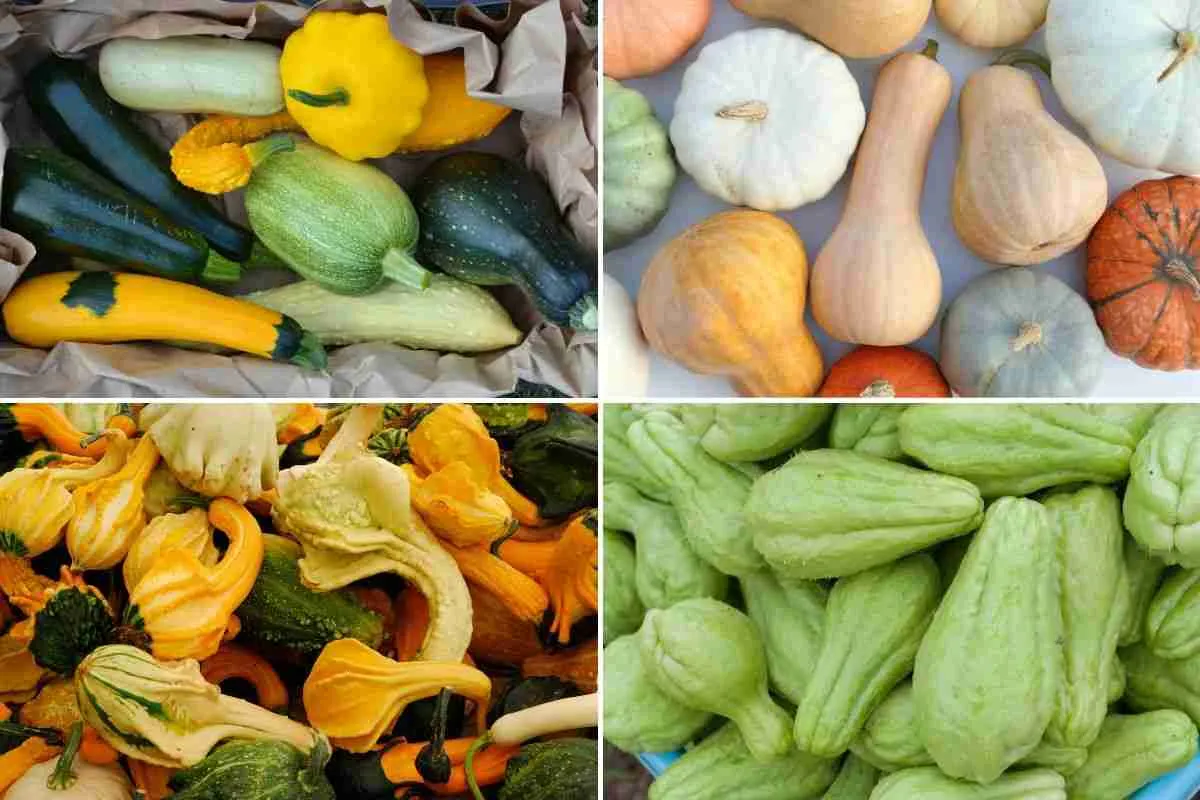
Squash: A Nutritional Powerhouse
Squash is not only delicious but also packed with essential nutrients. Here are some of the health benefits associated with consuming squash:
- Rich in Vitamins and Minerals: Squash is a good source of vitamins A, C, and B6, as well as minerals like potassium and manganese. These nutrients are crucial for various bodily functions, including immune system health, vision, and nerve function.
- High in Fiber: Both summer and winter squash are excellent sources of dietary fiber. Fiber aids in digestion, promotes gut health, and can help regulate blood sugar levels.
- Low in Calories: Squash is a low-calorie food, making it a great addition to a healthy diet. It can help you feel full without consuming excessive calories.
- Antioxidant-Packed: Squash contains antioxidants like beta-carotene and lutein, which help protect your cells from damage caused by free radicals. These antioxidants may contribute to reduced risk of chronic diseases like heart disease and cancer.
- Supports Heart Health: The fiber, potassium, and antioxidants in squash can help regulate blood pressure and cholesterol levels, promoting heart health.
Incorporating squash into your diet can provide numerous health benefits. So, why not explore the different varieties and find your favorite way to enjoy this nutritious vegetable?
With so many different types of squash to choose from, there’s sure to be one that suits your taste preferences. Experiment with different varieties to discover your favorites and enjoy the delicious and nutritious benefits of this versatile vegetable.
Source:



